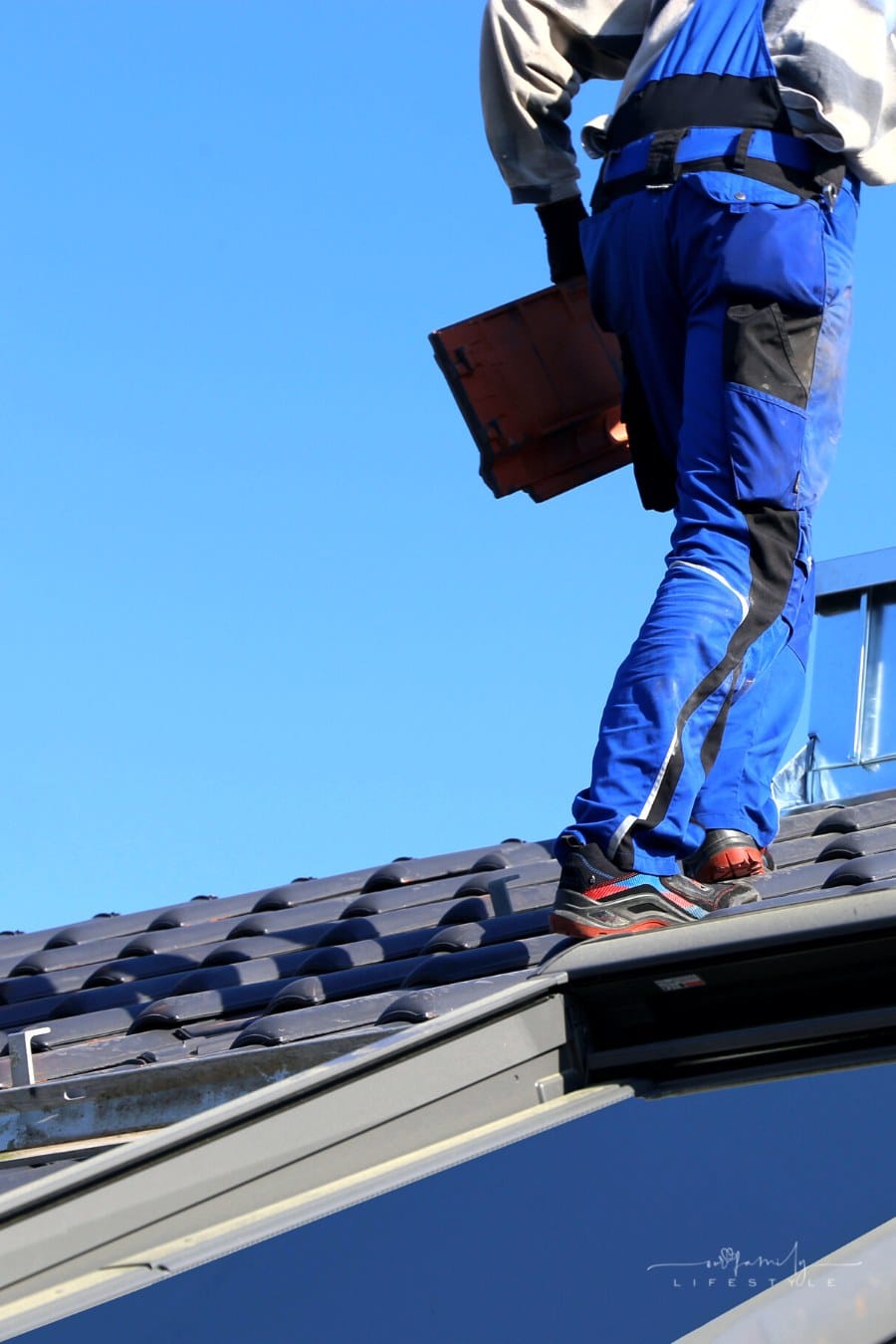How to Identify Roof Damage Before It’s Too Late
Identifying roof damage before it’s too late is an essential component of proper home maintenance.
Fortunately, there are several signs and symptoms that homeowners can look for to diagnose potential issues with their roofing systems.
It’s important to act quickly in order to avoid any costly repairs or replacements that could happen if the damage is left unchecked.

Here are some tips to help identify roof damage before it’s too late.
1. Hire a Professional Roof Inspector
A professional roof inspector can detect even the most subtle issues with your roof.
Texans from all around Tarrant County never hesitate to call experts in roofing in Keller, TX who can look into their construction and see if there’s anything that needs to be done.
This is especially useful if you suspect something is wrong, but aren’t sure what it is.
They’ll be able to identify any areas of damage or wear and will let you know whether repairs are necessary or a full roof replacement needs to be done.
In the words of the pros at CAN Roof Construction, one of the most important things a homeowner can do for their roof is to get regular inspections.
Having an experienced professional inspect your roof at least once every few years is the best way to catch potential problems before they become serious.
2. Check for Water Damage
A key indicator of roof damage is water stains on interior ceilings or walls. If your roof has a leak, it can cause significant structural damage and affect the value of your home.
To inspect for water damage, look in attics or crawl spaces for mold, mildew, or sagging spots that indicate water buildup.
Additionally, check exterior gutters and downspouts to make sure they are free from leaves and debris so rainwater can flow away from your home properly.
It’s also important to regularly inspect the sealant around your vents, flashing, and skylights.
3. Look for Signs of Physical Damage
High winds and hail can damage shingles or even cause them to come loose.
Missing pieces of shingle, exposed nails, curling edges, and other physical signs of wear and tear can all be indications that the roof needs attention.
If you see any of these signs near your home, then it’s time to call in a professional for an inspection.
Additionally, you should also check for cracked caulk or rust spots on the flashing around vents and chimneys as this could signal potential leaks in the future.
While inspecting the roof, look for animal nests as well as signs of movement.
4. Check for Loose Shingles
Missing or loose shingles are one of the most common signs of roof damage. If you can see any exposed areas in your roof,
it means that there is likely additional damage to the underlying structure.
Make sure to check for any broken, cracked, or missing shingles and replace them as soon as possible.
If large chunks of shingle have gone missing or been blown off by the wind, this may indicate a more serious issue with your roof and should be assessed by a professional immediately.
It’s also important to check flashing and sealant around vents and other openings as these can deteriorate over time.
5. Look for Sun Damage
When it comes to roof damage that is caused by the sun, it’s important to look for signs of discoloration or fading.
Sun damage can cause a variety of problems including cracks, splits, and blisters. It can also cause excessive wear and tear on shingles.
If you notice any large areas that have been affected by the sun, then it may be time to consider replacing your roof’s shingles.
Also, be sure to pay close attention to areas that are constantly exposed to the sun, such as chimneys and valleys.
6. Inspect Your Gutters and Downspouts
Your gutters and downspouts play an important role in helping to keep your roof in good condition.
If they are clogged, damaged, or missing, it can put additional strain on your roofing system and eventually lead to serious damage.
Make sure you inspect your gutters and downspouts regularly for clogs or debris that could be preventing water from flowing freely away from your home.
If you find any blockages, make sure you clean them out right away so they don’t cause further damage.
If you want to keep your roof in the best shape possible and avoid having to replace it prematurely, then regular inspection and maintenance are essential.
If you notice any signs of damage or wear and tear, make sure you call a professional for an inspection right away so that the issue can be resolved quickly.
By following these tips and getting regular inspections, you can help to ensure that your roof is always in good condition and your home remains safe.


